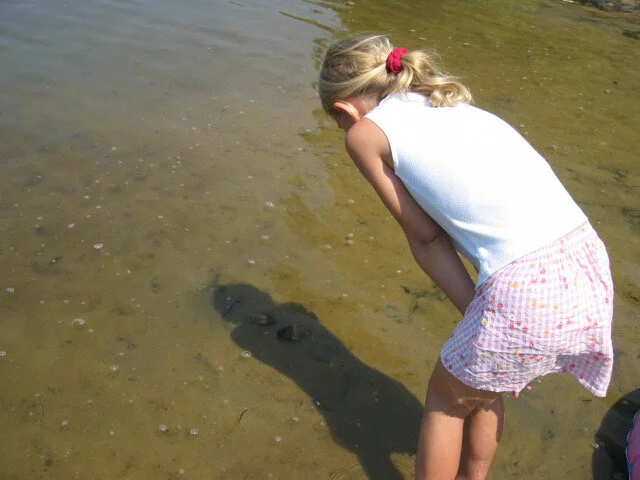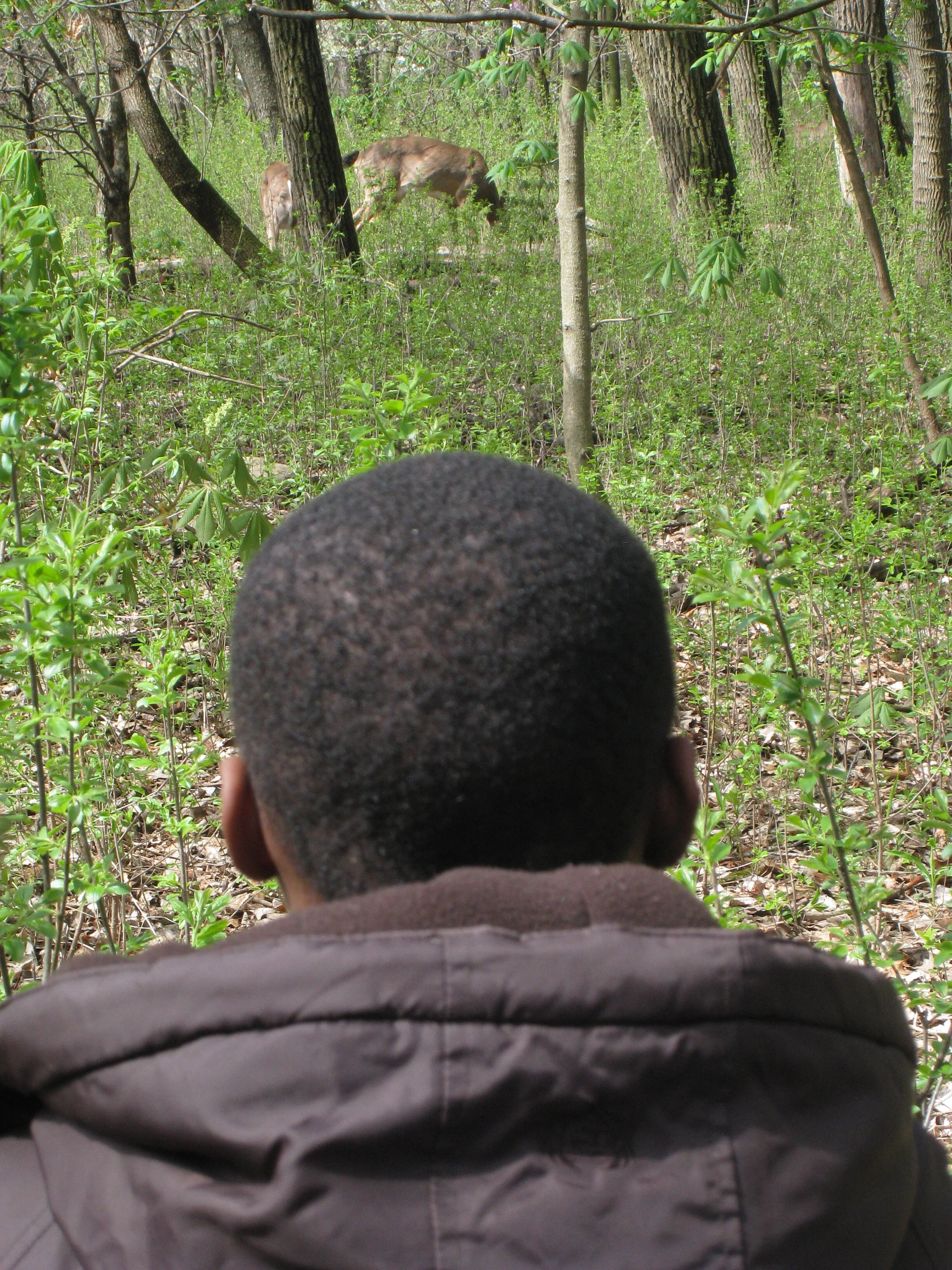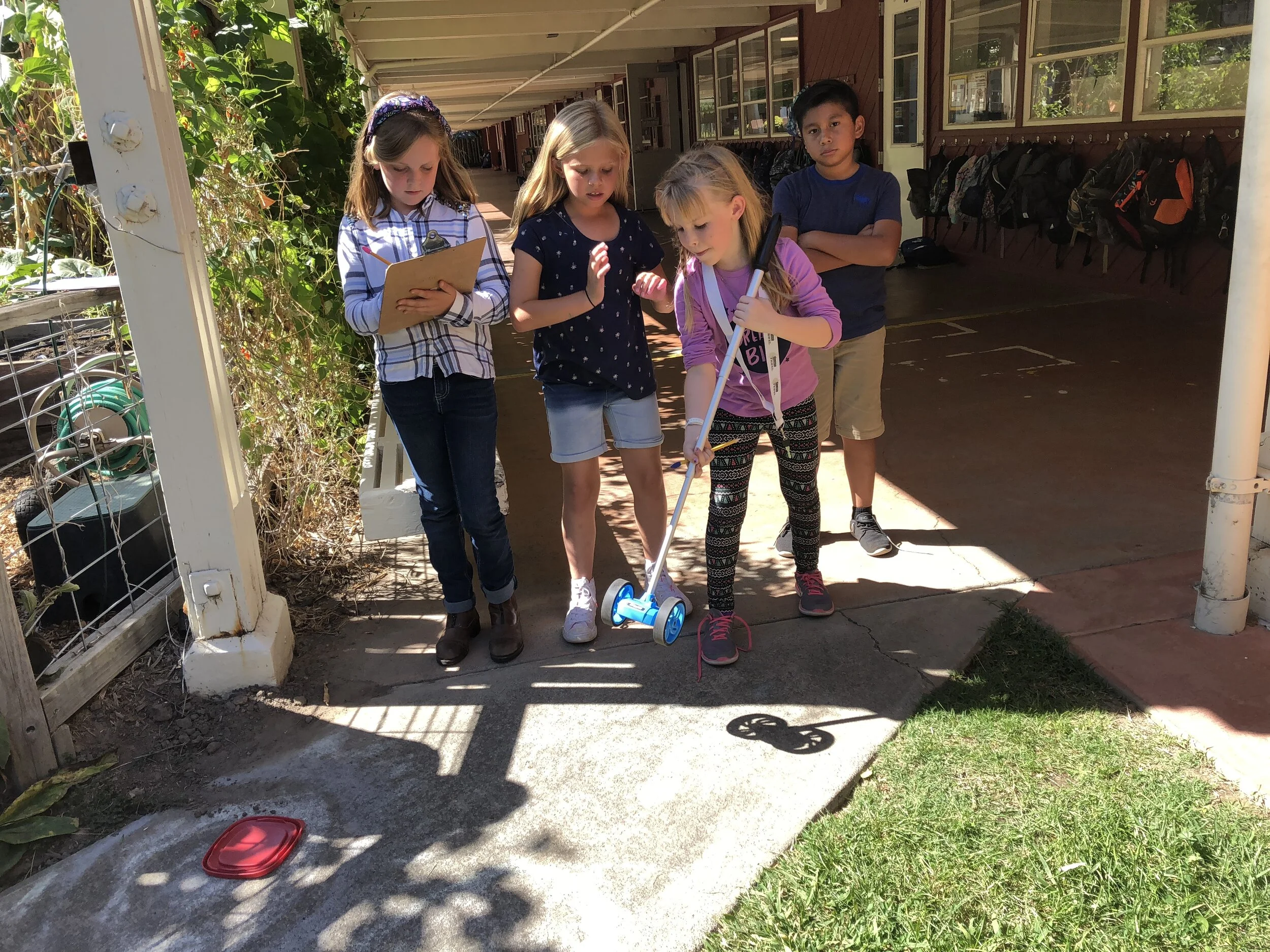
curriculum
The Learning in the landscape curriculum is designed to function as a cycle of three interdependent networks based on Sobel’s (1997) identification of empathy, exploration and action as the fundamental elements in children’s relationship with the environment. Lessons cycle through these three networks as activities deepen students’ fluency in the language of nature.
Empathy network:
Telling stories in nature’s language
Whether it is through observing the work of local artists or through their own creative responses to the landscape, the empathy network facilitates a deep understanding of nature’s complexity and guides students to see natural elements as living systems, deserving of care.
recognize elements and principles of art within natural systems
observe local history through stories, primary source material and art-historical accounts
learn from eco-artists such as Andy Goldsworthy and Robert Smithson as well as contemporary local artists
visualize natural processes, structures and functions through drawing, painting, sculpting, printmaking, photography and animation
develop ecological fluency through visual thinking
empathy
When we can read the story of our immediate landscape with fluency, we develop empathy for the systems that sustain us.
Visual thinking, in the form of observation, creation and communication, is the foundational center around which the networks cycle.
exploration
There is nowhere better to learn about the landscape than in the landscape
exploration network:
moving in the landscape
Constructing knowledge through lived experiences
measure, map and design pollinator gardens on school grounds
recreate local indigenous practices through the cultivation of native plants
notice and wonder through nature journalling
grow, tend and harvest plants in the school garden
create site specific sculptures and installations
hike in local parks
build with natural, local materials
collaborate and cooperate
experience the out doors through creative play
Action network;
develop an land ethic
Rethinking systems to envision and design restorative solutions
restore native plants on school grounds
become aware of local land use issues from an environmental justice perspective
communicate through art- infographics, printmaking, graphic design, posters
design and engineering for problem solving - rain water capture
design, create and maintain compost systems
action
“The individual is only in a position to learn when he acts upon the world.”
Nell Green





